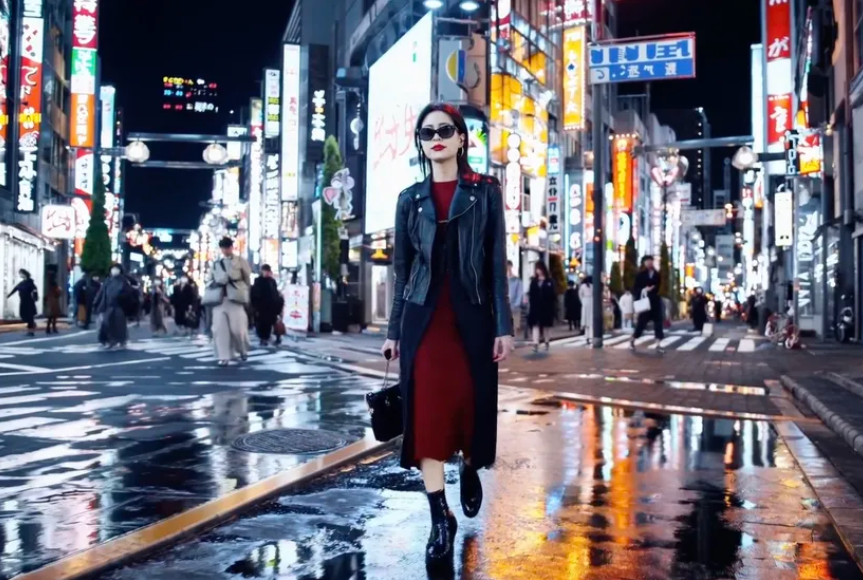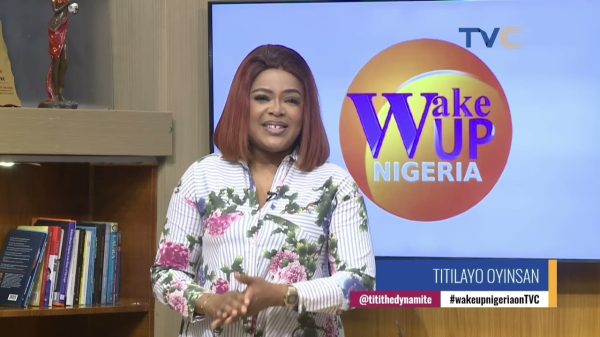OpenAI Unveils Sora: The Next-Gen Text-to-Video AI Model
OpenAI has launched its latest innovation in AI technology, introducing Sora, a groundbreaking text-to-video model. Designed to transform text prompts into dynamic visual scenes, Sora empowers users to generate photorealistic videos up to one minute in length based on their written instructions.
Sora’s capabilities are impressive, allowing for the creation of intricate scenes featuring multiple characters, specific movements, and detailed backgrounds. OpenAI’s introductory blog post highlights Sora’s ability to grasp the physical world, accurately interpret objects and props, and generate expressive characters brimming with vibrant emotions.
Moreover, Sora can enhance existing videos by filling in missing frames or extending their duration, as well as generate videos from still images. Demonstrations showcased in OpenAI’s blog post include captivating scenarios such as an aerial view of California during the gold rush and a simulated journey through a Tokyo train.
While Sora’s results are generally impressive, some artifacts reminiscent of AI-generated content are apparent, such as inconsistencies in simulating complex scenes. Nevertheless, the model represents a significant advancement in text-to-video technology, joining the ranks of notable competitors like Google’s Lumiere and other emerging platforms.
Currently, Sora is accessible to select groups for evaluation, including “red teamers” assessing potential risks and visual artists providing feedback. OpenAI acknowledges that Sora may struggle with accurately simulating complex physics and interpreting cause-and-effect relationships in certain scenarios.
As with its other AI products, OpenAI remains vigilant about potential misuse, as photorealistic videos created by Sora could be mistaken for authentic footage. Recent efforts to add watermarks to its text-to-image tool, DALL-E 3, reflect OpenAI’s ongoing commitment to addressing challenges related to AI-generated content authenticity.
OpenAI Unveils Sora: The Next-Gen Text-to-Video AI Model
OpenAI has launched its latest innovation in AI technology, introducing Sora, a groundbreaking text-to-video model. Designed to transform text prompts into dynamic visual scenes, Sora empowers users to generate photorealistic videos up to one minute in length based on their written instructions.
Sora’s capabilities are impressive, allowing for the creation of intricate scenes featuring multiple characters, specific movements, and detailed backgrounds. OpenAI’s introductory blog post highlights Sora’s ability to grasp the physical world, accurately interpret objects and props, and generate expressive characters brimming with vibrant emotions.
Moreover, Sora can enhance existing videos by filling in missing frames or extending their duration, as well as generate videos from still images. Demonstrations showcased in OpenAI’s blog post include captivating scenarios such as an aerial view of California during the gold rush and a simulated journey through a Tokyo train.
While Sora’s results are generally impressive, some artifacts reminiscent of AI-generated content are apparent, such as inconsistencies in simulating complex scenes. Nevertheless, the model represents a significant advancement in text-to-video technology, joining the ranks of notable competitors like Google’s Lumiere and other emerging platforms.
Currently, Sora is accessible to select groups for evaluation, including “red teamers” assessing potential risks and visual artists providing feedback. OpenAI acknowledges that Sora may struggle with accurately simulating complex physics and interpreting cause-and-effect relationships in certain scenarios.
As with its other AI products, OpenAI remains vigilant about potential misuse, as photorealistic videos created by Sora could be mistaken for authentic footage. Recent efforts to add watermarks to its text-to-image tool, DALL-E 3, reflect OpenAI’s ongoing commitment to addressing challenges related to AI-generated content authenticity.















